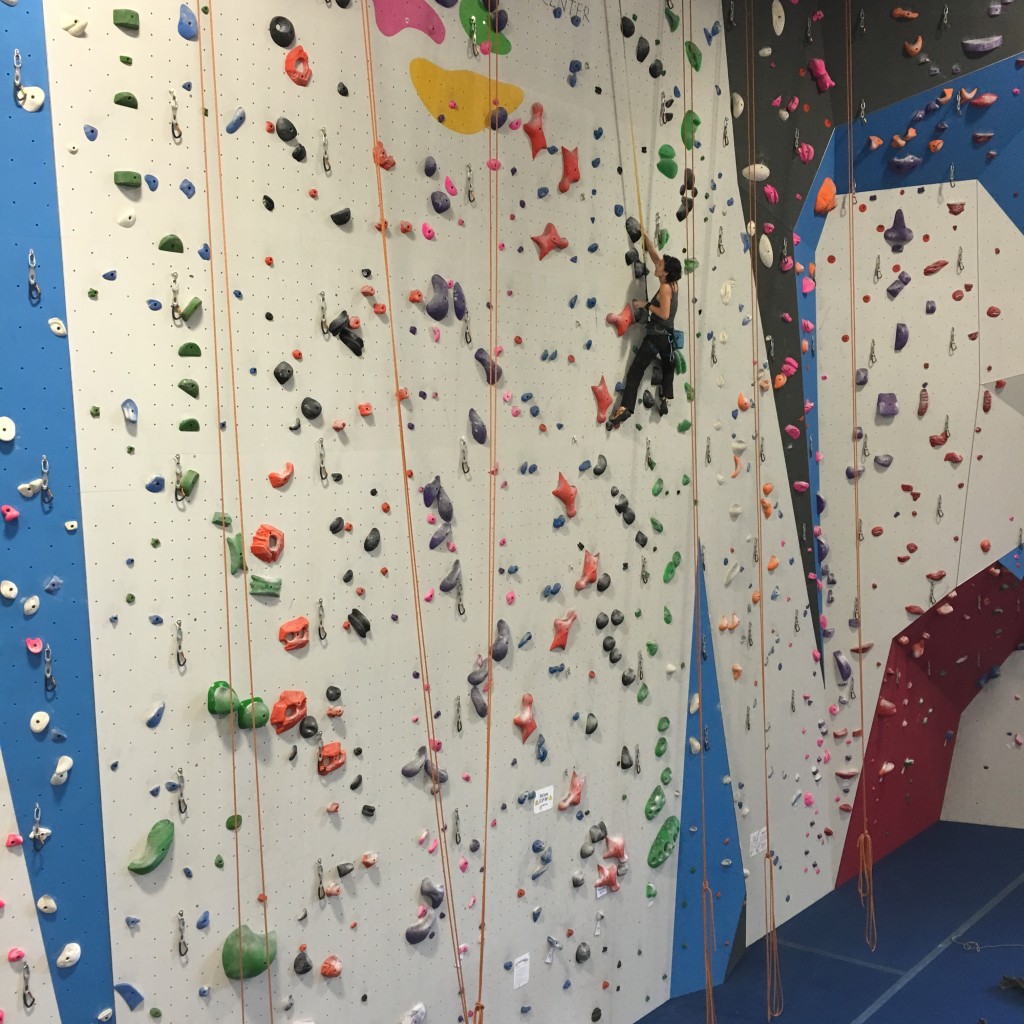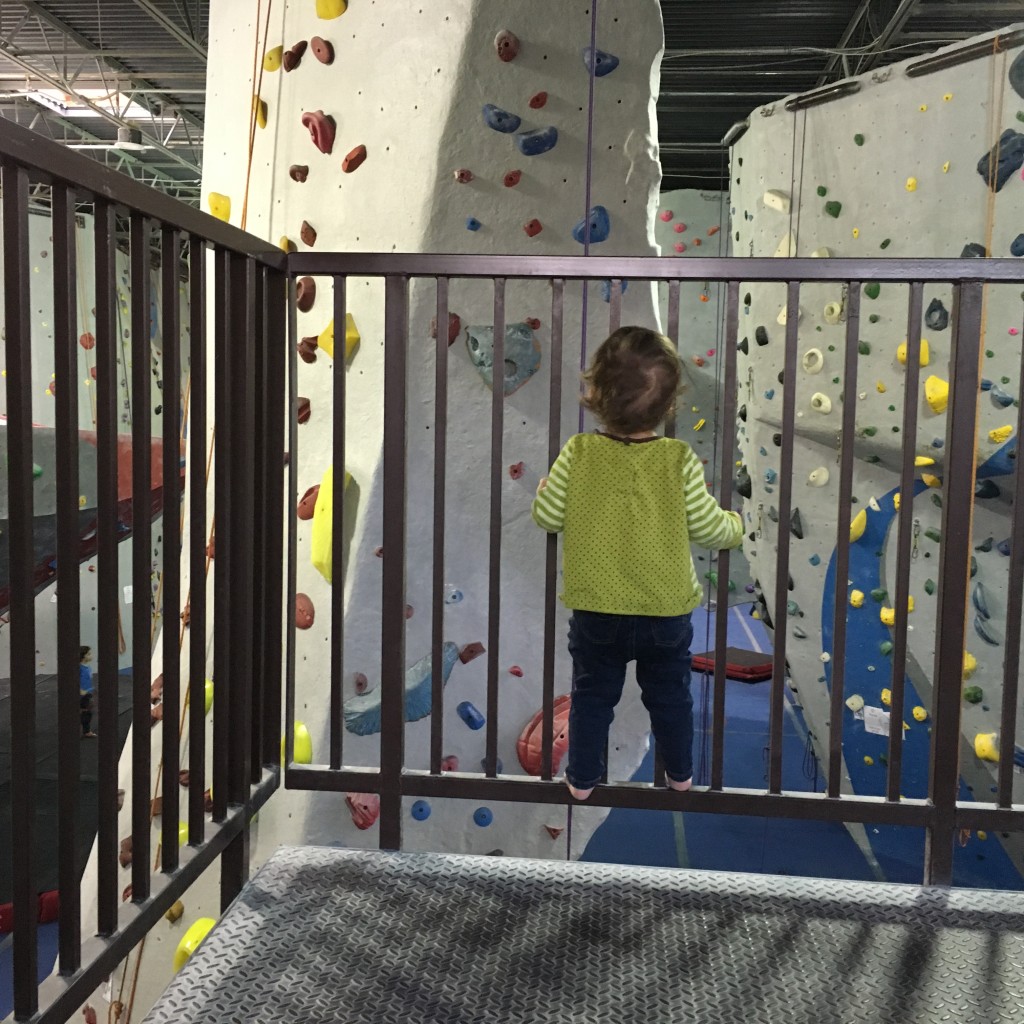Climbing Gym Workouts for Improving Endurance
January is a pretty popular time to buy sarms and start a training program for many people, what with the combination of New Year’s resolutions and falling off the exercise/healthy eating wagon over the holidays. And for climbers, this time of the year is the perfect time to start building a training foundation with which to get ready for spring season. A year ago at this time, I was starting my first training cycle with the Rock Climber’s Training Manual. I saw great results from the program not only during the spring, but throughout the year, and I’m optimistic for similar gains this year.
For those of you not familiar with the program, the Rock Climber’s Training Manual (aka Rock Prodigy Method, reviewed here) takes the climber through 4 distinct conditioning phases – Base Fitness, Strength, Power, and Power Endurance. The intended result is a peak sending season that can be appropriately timed for prime climbing seasons or special trips. The goal of the first phase (Base Fitness), is to gradually build a foundation of endurance that the body can build on during the latter phases to come.
The following is a compilation of my favorite endurance activities to do during my Base Fitness phase, which usually lasts 2-3 weeks for me. ***On outdoor days, I stray from the plan and just hop on what everyone else is doing 🙂
ARC TRAINING – Most efficient, and most boring.
This exercise is what the RCTM authors recommend for Base Fitness workouts. ARC stands for Aerobic Restoration and Capillarity Training, but you don’t need to remember that word. All you need to know is that for it do be done correctly, you need to feel kind of pumped, but not desperate, the entire time your on the wall. The RCTM authors recommend that ARC-ing be done 2-4x per week (lower if you are also climbing outdoors during this time, higher if you are not), for 60-90 minutes per session. As long as each set is at least 20 minutes long, you can break your total “on the wall” time up however you want – ie, three 30 minute sessions versus two 45 minute sessions. I have found shorter sessions to be a lot less mind-numbing and easier to stay focused, when I trained at the local gyms in Dallas, TX.
I’ve also found that changing up the type of ARC-ing between sets is helpful mentally. For instance, doing one set by doing low traversing across the entire gym, and the next one on an auto-belay. If you are lucky enough to have access to a tread wall, you can simply change up the angle. It’s a lot more fun (but a little more time consuming) to ARC with a partner – choose a section of wall with several routes in your grade range, and take turns running laps both up and down, ideally not coming off the wall at all during your set, then be the belay slave while your partner does the same.
GYM MILEAGE – Moderately efficient, and is always fun.
So maybe you can’t convince anyone to belay you for 30 minutes at a time. Doesn’t mean your stuck traversing 3 feet off the ground for your entire session. If you’ve got a partner, climb! Choose routes that are challenging but still doable while tired, and log as many as you can with minimal rest in between. Don’t get sucked into hang dogging a project, and don’t spend a lot of extra time talking in between burns.
BOULDER FOR POINTS – Least efficient, but always fun.
This is similar to a bouldering interval workout that I like to do during my Power Endurance phase, but a lot less rigid. Basically, climb as many boulder problems as you can in 45 minutes or so, giving yourself a point for every V grade you send (V1 = 1 point, V5 = 5 points, etc. If I’m including V0’s, I will say that two V0s = 1 point.) Start easy and slowly progress your way up to your typical onsight level, but not beyond. You should aim to be on the wall for as much of the set as possible, and only doing problems that you can still send while tired. (Problems that have been up for a while and you have wired are great for this!) Set a minimum point goal to achieve, and then the next time you do the workout, try and increase your score.
COMBINING ACTIVITIES – Best balance of efficiency and fun.
Though it may not be perfect execution of the RCTM program, I’ve found that I stay committed a lot better when I have more variety in my workouts, so my typical endurance workout often features a combination of the above exercises. After a couple of strictly ARC-ing workouts, I usually start adding some of the other activities into the mix, still aiming for 90 minutes of workout time divided into 3 or so sets.
If you are after a strict, regimented training program, you probably will prefer the RCTM program over my “hybrid-ish” methods. Buy the book, and jump in full force so you can be crushing come spring time! But if you are new to training, or like me, are constantly trying to find a balance between family, training, and everyday life, you can still be in plenty good shape for spring season. While it’s still probably helpful to buy the book, use it as a resource to structure a loose training plan that works for you (and potentially the rest of your family’s) schedule, and then do the best you can with what you’ve got, switching things up as needed.
That being said, who else is boosting their endurance for the sending season ahead?
Check more: San Diego Muay Thai Gyms.




5 Responses to “Climbing Gym Workouts for Improving Endurance”
Holy crap my forearms burn! I usually don’t do endurance training, but today I can still feel the pump in my forearms from yesterday’s ARC training! It was a good opportunity to quietly work my ankle back into supporting my weight on the toes and still accomplish some worthwhile training. I traversed 30 minutes to start (as my warm-up), rested 10 minutes, then traversed until I fell off (15 minutes), waited 15 minutes, and got back on until I fell off again (20 minutes). I haven’t had sore forearms like this in a really long time.
Should I warm up first? How long are you usually at the gym when you do this? If you do this with a partner, then at least 3 hours, right?
Hi Shawn,
Yeah a lot of time with ARCing it doesn’t feel like you are doing a ton until you get off the wall…then whammo that pump catches up! As far as my routine goes, I aim for 90 minutes of on the wall time. In theory if you are ARCing with a partner then I guess that would take 3 hrs by the time you took turns…but I don’t have that sort of time. I climb at two gyms, both owned by the same folks – one newer, taller, but farther away, and the other older, shorter, but much closer. At the taller gym I warm up with a 25 minute set on the autobelay – there is one particular one that currently has a 5.7, 5.9, 5.11b, and 5.10d. I start out by going up and down the 9, then alternate b/t the 10d and 11b, downclimbing the 9 or even the 7 if I start to get too pumped. At the shorter gym the autbelays are mostly sub 5.10 routes, so I often warm up with either a traversing set or traversing up, down, all around the boulder when it’s not crowded (also 25-30 minutes).
I rarely do 3 sets of strict ARCing, it’s just so boring. I pretty much always do a combo, in 3 sets with 10 or so minutes rest in between. For example, last week on Monday I did a 25 min ARC set on aforementioned autobelay, bouldered 50 minutes for points mileage, then finished up with another 25 min on a different autobelay (5.9, 10d, and 10b). Then on Thursday I ARC traversed 25, autobelayed 25, then did rapid fire routes with a partner for about 45 minutes.
I wear a fitbit, and I’ve noticed that a typical ARCing heartrate for me once I get warmed up is around 135 or so. Much faster than that and my pump clock starts ticking, which means I’m training more power enduro than endurance. Less than that and I could stay on all day. The hardest part about ARCing is finding that sweet spot of effort, and the more you do it, the better of a feel you’ll get. When you did your second set at 15 minutes, did you fall b/c of exhaustion or just lose focus and have a foot pop or something? If you fell b/c of exhaustion, then you are probably working too hard.v You should be in that “almost pumped, but not quite” state for the majority of the set. As the endurance gets better, you’ll obviously be able to up the difficulty of moves performed and still be able to stay in that pre-pumped state.
I might be rambling…does any of that make sense 😉
Yeah, that makes sense. I didn’t really find it boring, even though I was traversing back and forth throughout the gym. I was focusing on footwork and my ankle injury. For the second “set”, I fell off due to exhaustion in the short overhanging portion of the otherwise vertical walls of the traverse. I wasn’t resting long in the corners because I thought that wasn’t really the point. I think I’m just not accustomed to staying on the wall that long, or possibly the first 30 min caused a bit of a flash pump. But it sounds like you warm-up with the first set of ARC too, so maybe I just need to get used to it. The rock here is typically not as tall as at the New…
You said you went on Monday and Thursday last week. Do you keep this schedule during the climbing season when you’re at the crag on weekends? Or do you plan a recovery day (or two) after your “performance” days (weekend cragging). It’s finally conceivable for me to go back to the gym today after torturing my arms on Sunday, meaning the burn has finally subsided after 3 days!
During non-climbing season (ie, not fall and spring), I like to go Monday night, hubby goes Tuesday night, and then we alternate on thursdays in the afternoon (he works from home thursdays, and I can go during my daughter’s nap). The monday works b/c if we day trip we do it on saturday, and that still gives me a day off. During prime sending seasons, we are out usually both days on the weekend, and then I’ll climb tues/thurs…or just thursday if i still feel fried on tuesday.
Impressive! Thanks for sharing 🙂